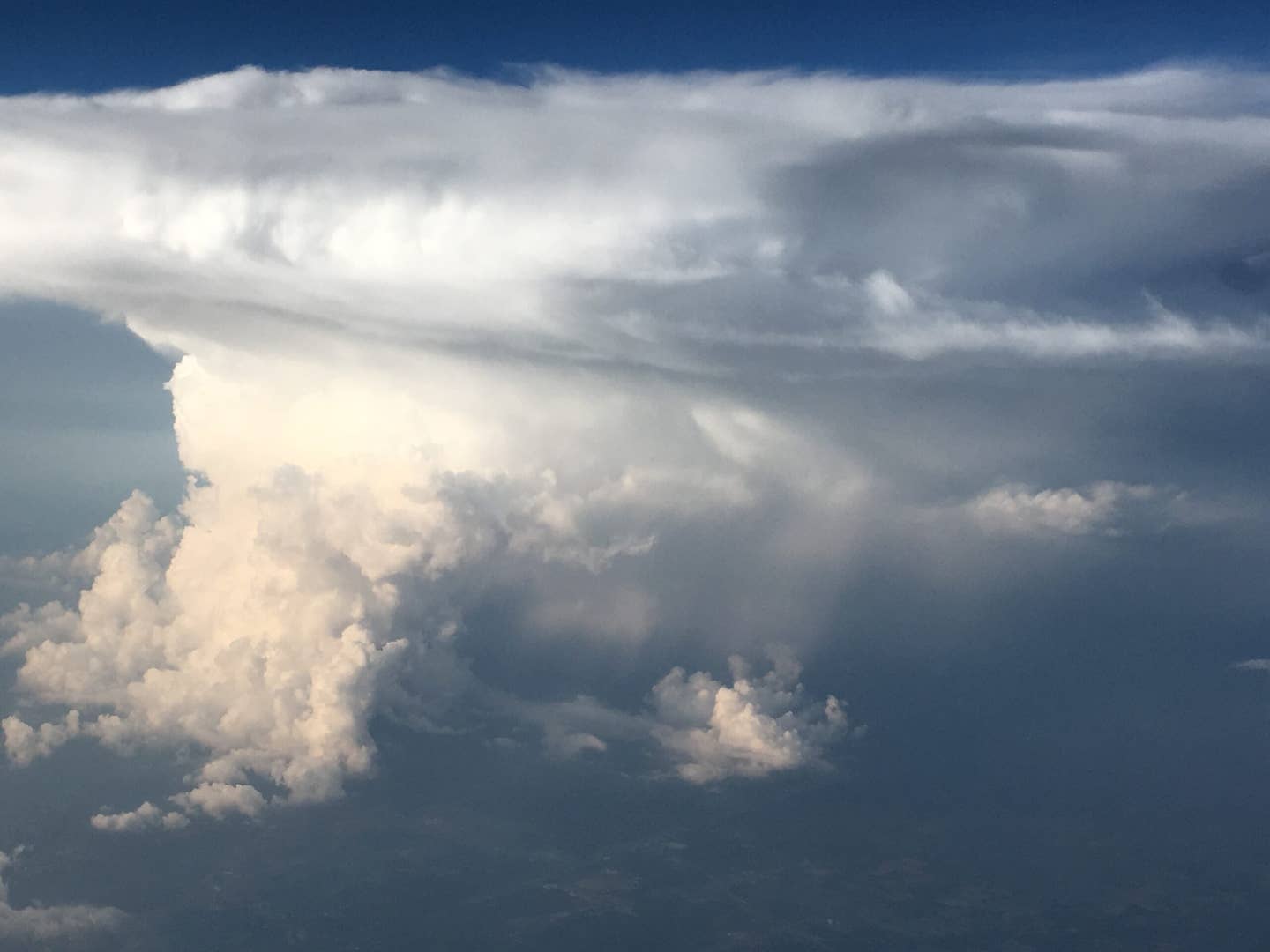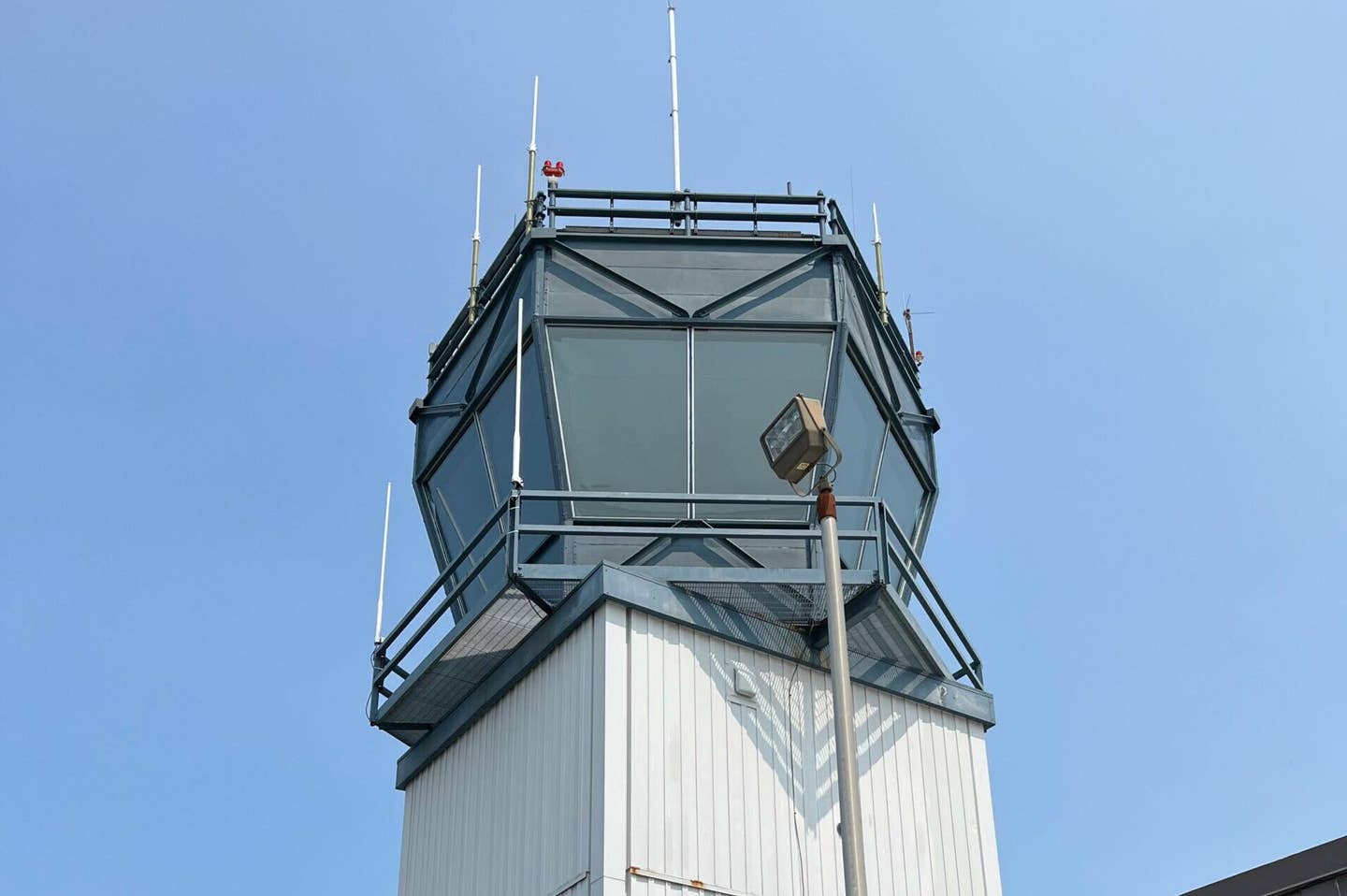What Is a MOS Forecast?
For an airport without a TAF, a MOS forecast can provide some useful guidance about expected meteorological conditions—but it has some limitations.

[Shutterstock]
Question: The EFB I use has an option for MOS forecasts… What is that and can that be used legally for planning a flight?
Answer: MOS stands for model output statistics and is pronounced “moss.” MOS has been around since the 1960s and was originally developed to provide aviation meteorologists with guidance to produce useful forecasts to pilots. But over the last decade, MOS has been making its way into the aviator’s toolkit and is offered by a couple of the heavyweight electronic flight bag (EFB) apps.
So, what does MOS offer? Crazy as it may seem, most pilots really want to know what’s happening at an airport from a weather perspective. Before they depart, they’d like to know what the ceiling or visibility will be like when they reach their destination. Will they get that visual approach or will they need to prepare to fly an instrument approach? Or perhaps they want to find an airport with favorable winds to practice some crosswind landings.
There’s nothing special about these requirements, however. One nice aspect about MOS is that it’s available for more than 2,100 civilian and military airports throughout the U.S. and its territories. At the moment, the National Weather Service (NWS) only issues a terminal aerodrome forecast (TAF) for 700 airports in this same region. So, if your departure, destination, or alternate airport does not have a TAF, MOS provides some useful guidance about the expected meteorological conditions significant to aviation at those airports at the time of your departure or arrival.
Here’s the technical part. Most weather prediction models that you often hear about on the local news, such as the American or European model, don’t automatically produce a point forecast for a specific town or airport for various sensible weather elements, such as ceiling height, visibility, and surface wind. This is where MOS shines.
MOS combines this “raw” model forecast with geoclimatic data in an attempt to improve upon it using a statistical method. It relates observed weather elements (decades of past observations) to appropriate variables (predictors) via a statistical approach. Because it uses geoclimatic data, MOS is capable of accounting for local effects that cannot be resolved by these models alone. In other words, if the airport is in a valley or on a hilltop or next to a large body of water, MOS is able to account for that local topography. It’s a lot like the old local pilot who has been flying for 50 or more years that can tell you exactly what to expect on the final approach when the winds are coming off of the mountains west of the airport.
The other important element is that MOS downscales the model data into weather elements important to aviation. This includes, but is not limited to, cloud coverage, ceiling height, prevailing visibility, wind speed and direction, precipitation type, and the probability of precipitation or thunderstorms.
While MOS does an excellent job most of the time, remember it’s an automated forecast—there’s no human in the loop like a TAF. It should never be used as a wholesale replacement for a forecaster-issued TAF. So it should never be used to replace a TAF from a legal perspective. If the airport has a TAF, that forecast needs to be used to determine if an alternate is required and alternate minimums for instrument flight rules. MOS guidance is best used as a way to fill in the blanks when the official forecasts don’t provide the details necessary.
Two of the three existing MOS forecasts are being retired in the next few years. However, the only version of MOS that has made its way into the FAA literature (see the Aviation Weather Handbook/FAA-H-8083-28) is called LAMP, which stands for localized aviation MOS program. It is issued hourly and is being fully supported by the NWS in the foreseeable future. Does this effectively mean that LAMP can be used to make operational decisions about a flight? I’ll let the legal scholars opine on that. Nevertheless, visit https://vlab.noaa.gov/web/mdl/lamp to view the suite of LAMP forecasts.
MOS has some important limitations you should know about. It cannot forecast multiple cloud layers as you see in a TAF. Except for when the forecast is shown as clear, a single fixed cloud layer is the best MOS can do at this point, and it cannot tell the difference between a definite and indefinite ceiling. MOS also cannot directly forecast showers in the vicinity (VCSH) or fog in the vicinity (VCFG), nor can it forecast precipitation intensity or tell the difference between rain or drizzle. MOS is also unable to predict a variable wind.

Subscribe to Our Newsletter
Get the latest FLYING stories delivered directly to your inbox






